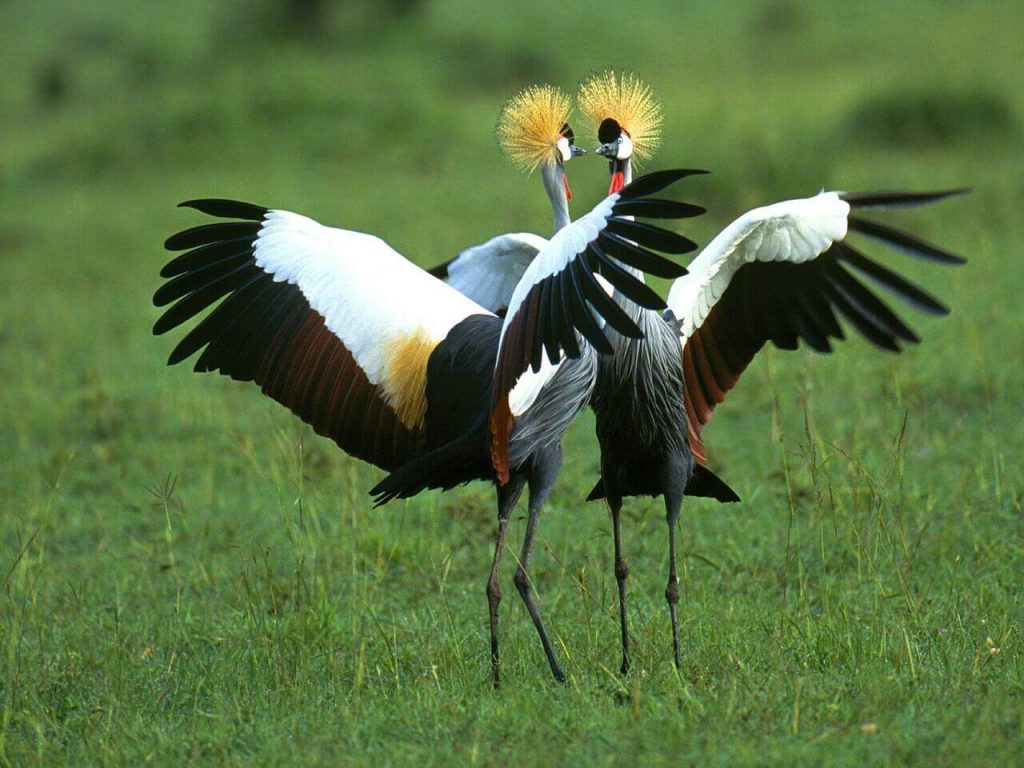Uganda’s climate makes it a year-round destination, but choosing the right time for your safari can enhance your experience significantly. The country has a tropical climate with two primary seasons: dry and wet.
The dry season, from June to August and December to February, is considered the best time for wildlife safaris and gorilla trekking. During these months, animals gather around water sources, making them easier to spot, and trekking trails in Bwindi and Mgahinga are less muddy.
The wet season, which runs from March to May and September to November, brings heavy rains, especially in forested areas. While these months may not be ideal for trekking, they offer lush green landscapes, fewer tourists, and excellent birdwatching opportunities. Migratory birds arrive during this time, making it perfect for bird lovers.
Temperatures in Uganda are relatively consistent throughout the year, ranging between 20°C and 28°C. Even during the rainy season, showers are often short, allowing time for activities later in the day.
In short, the best time for gorilla trekking and general wildlife viewing is during the dry months. Birdwatching, on the other hand, is at its peak during the wetter months when migratory species visit Uganda.

